- News
- Reviews
- Bikes
- Accessories
- Accessories - misc
- Computer mounts
- Bags
- Bar ends
- Bike bags & cases
- Bottle cages
- Bottles
- Cameras
- Car racks
- Child seats
- Computers
- Glasses
- GPS units
- Helmets
- Lights - front
- Lights - rear
- Lights - sets
- Locks
- Mirrors
- Mudguards
- Racks
- Pumps & CO2 inflators
- Puncture kits
- Reflectives
- Smart watches
- Stands and racks
- Trailers
- Clothing
- Components
- Bar tape & grips
- Bottom brackets
- Brake & gear cables
- Brake & STI levers
- Brake pads & spares
- Brakes
- Cassettes & freewheels
- Chains
- Chainsets & chainrings
- Derailleurs - front
- Derailleurs - rear
- Forks
- Gear levers & shifters
- Groupsets
- Handlebars & extensions
- Headsets
- Hubs
- Inner tubes
- Pedals
- Quick releases & skewers
- Saddles
- Seatposts
- Stems
- Wheels
- Tyres
- Health, fitness and nutrition
- Tools and workshop
- Miscellaneous
- Cross country mountain bikes
- Tubeless valves
- Buyers Guides
- Features
- Forum
- Recommends
- Podcast
feature
 Bike At Bedtime - Diamondback Andean
Bike At Bedtime - Diamondback AndeanWhat happened to the Diamondback Andean, the craziest bike of the 2010s?
We're going back to 2016 for this 'vintage' edition of Bike at Bedtime, and a contraption that was proclaimed the fastest bike in the world when it launched. The Diamondback Andean (yep Diamondback, best known for sensible and affordable leisure bikes) could be mistaken for a concept bike with its radical MotoGP-style frame, but it went on sale to the public.
The launch price was $8,069 (around £6,630 today) for a full bike with Shimano Dura-Ace shifting and disc brakes, which was expensive but not completely outrageous, and if anything rather reasonable compared to other triathlon superbikes of recent years. The equally radical Cervelo P5X beam-style tri bike, for example, launched with a whopping £13,500 price tag for the top-of-the-range version in 2016.
The Andean left us a bit stunned at the time because Diamondback wasn’t exactly associated with high-end or innovation by the 2000s. Although the name is a classic one and Diamondback was an early pioneer of BMX bikes when it was founded in Washington State over 45 years ago, its sale to Derby Cycles in 1999 and Accell Group in 2001 resulted in mostly cheap, practical hybrids and mountain bikes carrying the Diamondback name; a bit like when Lonsdale started popping up in Sports Direct. One of these rusty relics has been parked outside my local B&M for at least a couple of weeks with a wheel missing, and it’s definitely never been near a wind tunnel.
Anyway, Diamondback is now at least back on home soil, owned by the US private equity firm Regent, L.P. since 2019.
> 22 of the maddest, baddest and best concept bikes
So, to get straight back to the point and answer the question... what did happen to the Andean? We asked Diamondback and the prompt yet short response was simply: "The Andean has been discontinued. We are focusing our product development efforts on ebikes and dirt categories such as MTB and gravel."
If that's all you wanted to know then off you go, and likewise if you've clicked on this article because you want an Andean, it's a no unless you're prepared to part with a lot of cash to prize one from a current owner. If you're based in the UK like us, then it's actually quite difficult to get a brand new Diamondback bike of any kind at the time of writing, because there isn't a UK distributor. If you're in the US though, you'll find Diamondback sell a range of road, hybrid and mountain bikes at various reasonable price points.
If you want to stick around to find out a bit more about the bike, then Diamondback and Michael Weiss, an Olympic mountain biker who went onto become a pro triathlete and the first ever Andean rider, were kind enough to provide some comments about the bike's history and tech details...
The Andean project was born out of the concept of solving "all the pinch points for the racers" according to Diamondback, and called on the expertise of Kevin Quan Studios and wheel specialists HED to dial in the aerodynamics.
The result was a sizeable carbon frame designed around what Diamondback called its Aero Core – the section of the frame that sits directly between the wheels. This was intended to be a single large airfoil, and designed from "the centre of the wheels—the least aerodynamic area—in towards the middle of the frame, then up,” according to Diamondback.
The brand said this approach led to an improvement in the laminar flow across the entire system, dramatically reducing drag at every yaw angle, and the unconventional bike began to take shape.
"Diamondback signed me in early 2016, and at our first meeting at their headquarters the Andean project was presented to me. It blew my mind and it was a total surprise," said Wiess.
"Starting from March 2016 I was involved and the guys from Kevin Quan Studios, who basically designed the bike and contacted me a lot for input and ideas.
"Thankfully, Diamondback partnered up with HED wheels for the Andean project. It really helped having all of their experience in aerodynamics, [and access to the] Low Speed Wind Tunnel in San Diego, CA.
"I rode many fastest bike splits in triathlons aboard the Andean, in both half and full long distance triathlons. For sure the Andean helped, although for some courses I opted to ride the Serios, their conventional TT/triathlon frame, which was much lighter due to rim brakes."
Weiss had a point about the weight. With the Andean weighing north of 10kg for a standard build, it certainly wasn't a climber.
As much as aero know-how inspired the unique shape of the frame, Diamondback insist it wasn't the driving force behind the project.
"Our main focus was on fit and storage, to give riders the ultimate race advantage," Diamondback told us.
"For fit, we focused on being sure we could fit the smallest of riders, as proper fit is critical for triathletes. As part of this, we built in many unique adjustment points, for positioning of the stem and bars.
"For storage, we wanted convenient storage, with the heavy stuff being located nearest the bike’s centre of gravity, making food and nutrition within easy reach of the rider in the aero position."
What was the Andean like to ride and live with?
"The bike was made for going forward as fast as possible," says Weiss.
"It was quite heavy, yes, mainly due to the disc brakes. However, disc brakes were revolutionary at this time and made descending better.
"The bottom bracket area was quite stiff, also the missing seat stays were not an issue at all compared to true beam bike frames. They are all too soft in my opinion.
"The only wobbly area was the steering/upper tube interface, for several reasons: 1“ fork steering (for better aerodynamics with narrower steering tube), a bento box hole right at the beginning of the upper tube, in combination with a slim upper tube; although I think this did not affect riding efficiency in the aero position, but perhaps in the base bars when going out of the saddle.
"The biggest issue with the whole bike was travelling, because of the down tube 'horn'. I had to travel with a huge cardboard bike box, because the frame didn’t fit in any conventional cases. Riding an XL didn’t make things easier."
If you key in #Andean or #Diamondbackandean hashtags into Instagram, there are still some owners showing off their futuristic-looking steeds at various exotic locations and Ironman races around the world. Did Mr Weiss keep hold of his slice of carbon monocoque history?
"I simply don’t have the space at home and am not running a bicycle museum," Weiss informed us.
"Great memories remain and tons of photos were captured over four very successful years, and forever I will be proud being able to call myself the first Andean pilot.”
And that brings us to the end of our search to find out what happened to perhaps not 'the' craziest (hydrofoil e-bike, anyone?) but definitely the most unexpected and radical full-production bike of the last decade, in my humble opinion. Ultimately the Andean was a trailblazer as one of the first triathlon bikes to be fitted with hydraulic disc brakes, but perhaps presented as many problems as it solved for elite triathletes because of the weight and impractical shape of the frame, consigning it to eccentric tri bike history along with Zipp's 2001 and numerous others.
Don't forget to check out our other Bikes at Bedtime before you hit the hay.
With thanks to Diamondback and Michael Weiss for the info and pics
Jack has been writing about cycling and multisport for over a decade, arriving at road.cc via 220 Triathlon Magazine in 2017. He worked across all areas of the website including tech, news and video, and also contributed to eBikeTips before being named Editor of road.cc in 2021 (much to his surprise). Jack has been hooked on cycling since his student days, and currently has a Trek 1.2 for winter riding, a beloved Bickerton folding bike for getting around town and an extra beloved custom Ridley Helium SLX for fantasising about going fast in his stable. Jack has never won a bike race, but does have a master's degree in print journalism and two Guinness World Records for pogo sticking (it's a long story).
Latest Comments
- dh700 1 sec ago
It's going to be a long, long time before the world starts running out of steel-framed bikes of any description. I pick up one or two a year for...
- Zebulebu 2 hours 35 min ago
You can't enter BC races because you don't have a BC license?...
- LookAhead 34 min 18 sec ago
I didn't take him to be calling this particular incident a mere encounter but rather to be using "encounters" to mean "opportunities for violent...
- Rendel Harris 5 hours 25 min ago
Come on guys, appreciate all the entertainment you provide and discussion you provoke but really, two seconds just skimming your articles for...
- chrisonabike 7 hours 1 min ago
Councils don't seem terrible keen ... maybe eburtthebike can give us the insider view in why not?...
- Hirsute 10 hours 19 min ago
Another pathetic sentence for killing a cyclist....
- Surreyrider 10 hours 39 min ago
You sound like the PR for hookless wheels. ...
- HoarseMann 11 hours 37 min ago
...and maybe a third? Don't forget the M49 'ghost' junction: https://www.bristolpost.co.uk/news/bristol-news/work-m49-ghost-junction-...
- ubercurmudgeon 14 hours 2 min ago
What a shit world we've created.
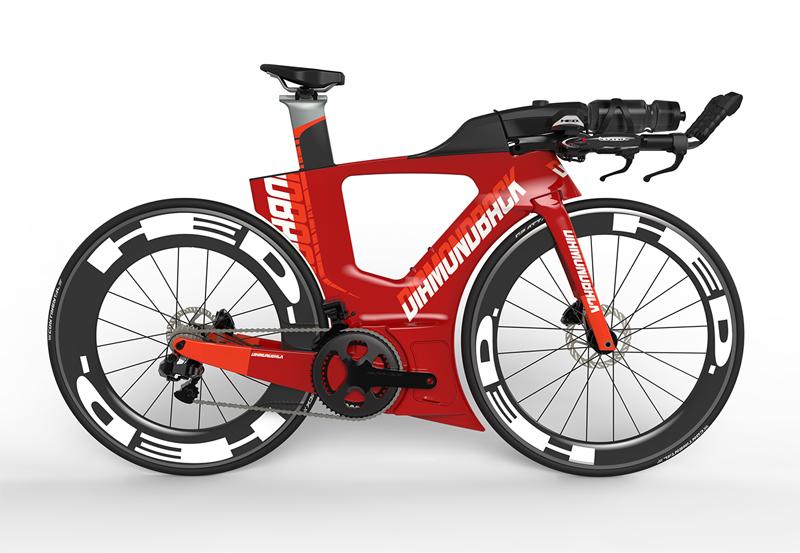
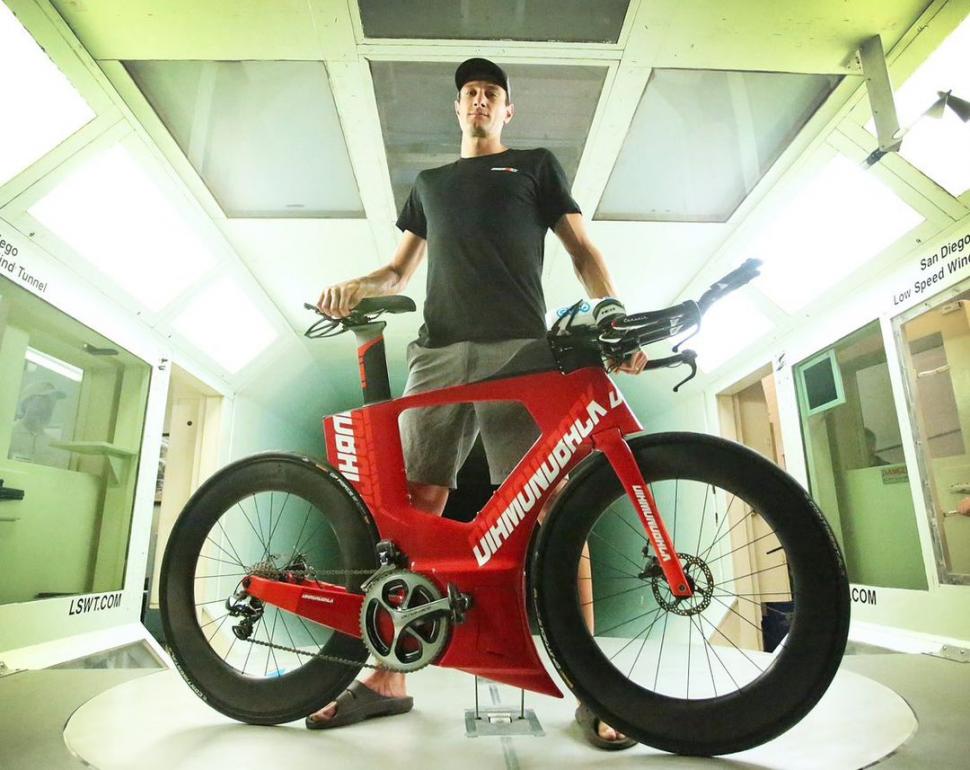
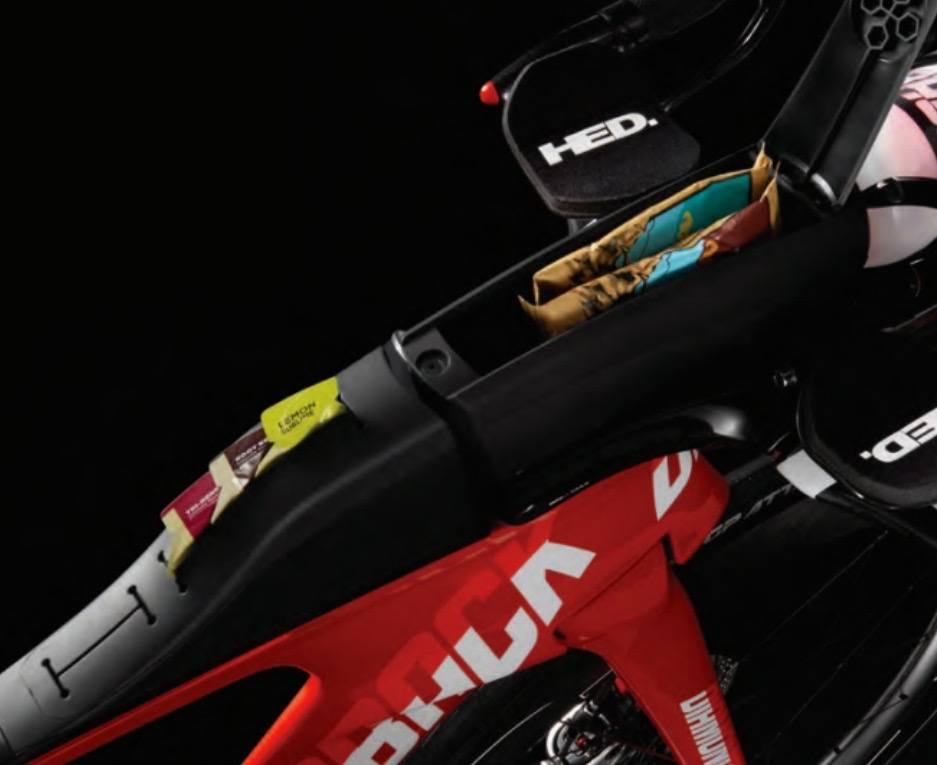
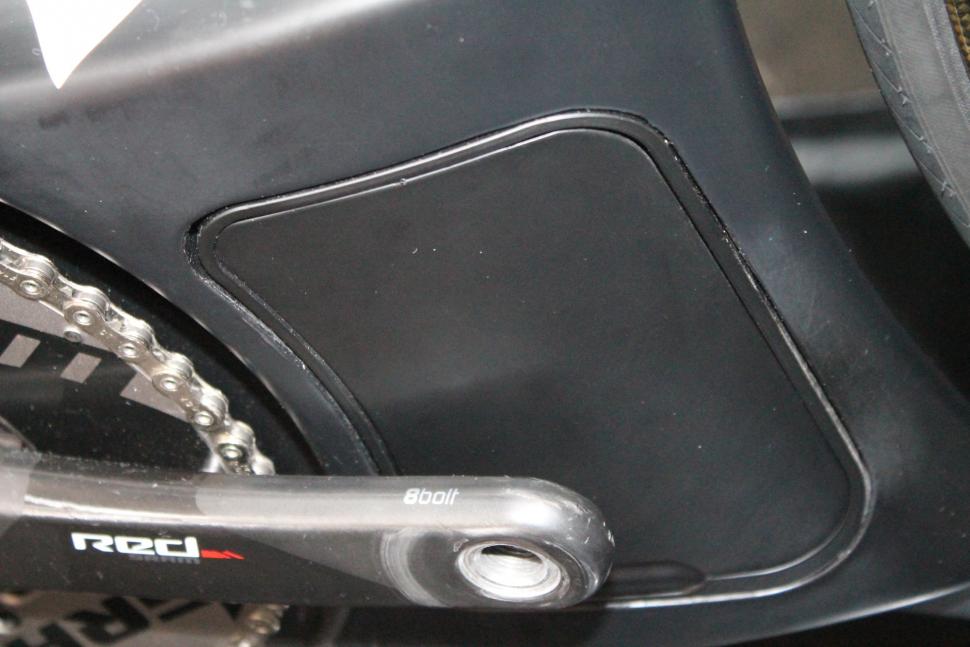

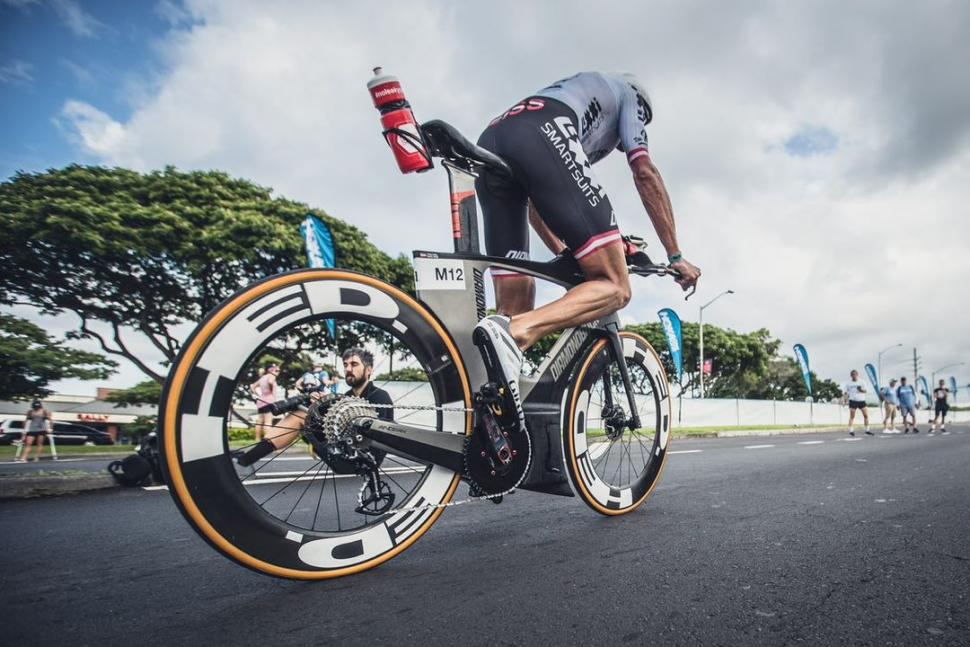
Add new comment
1 comments
Thanks for the article on what was a truly striking bike.